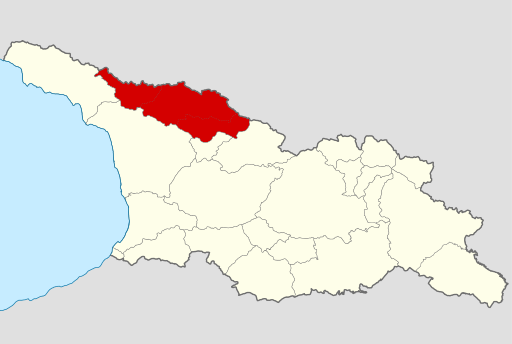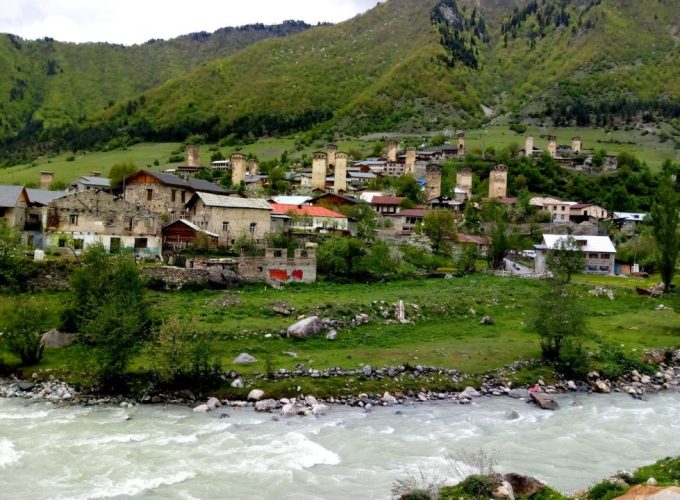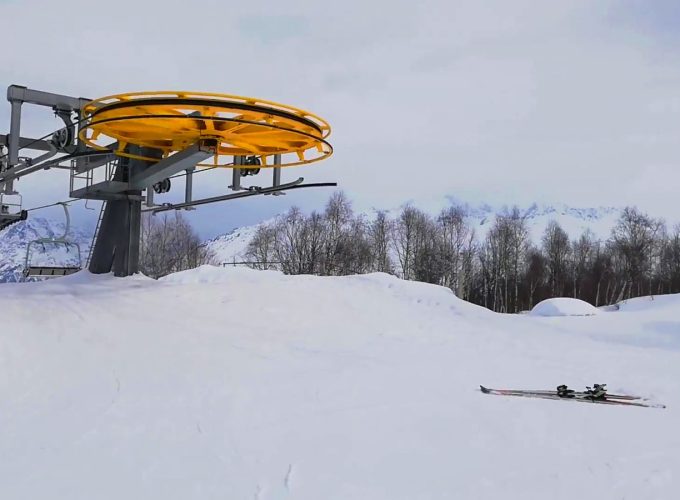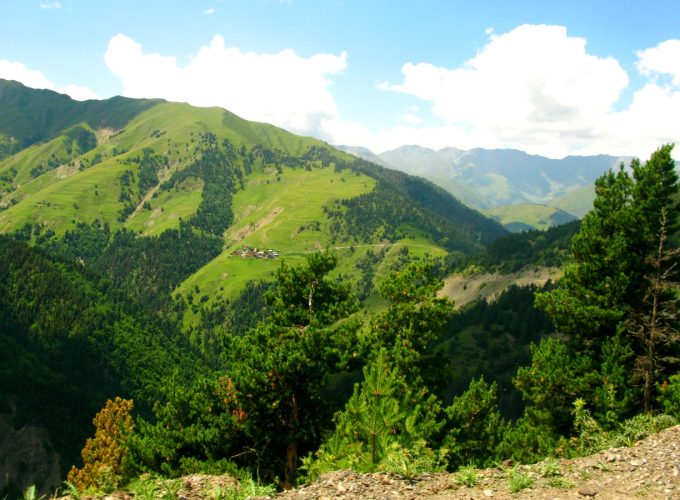Svaneti is a historic region in northwest Georgia, located in the Caucasus Mountains. It is known for its stunning natural beauty, with high peaks, deep gorges, and pristine alpine landscapes. The region is also known for its unique culture and architecture, with traditional Svanetian towers dotting the landscape.
It is bordered by
- Racha to the east.
- Lechkhumi and Samegrelo to the south.
- Abkhazia to the west.
- Russian Federation to the north.
According to the modern administrative division, this region is split into Upper Svaneti with the center in Mestia, and Lower Svaneti – the center in Lentekhi. Upper Svaneti is in the Samegrelo-Zemo Svaneti region and Lower in the Racha-Lechkhumi region.
Svaneti is considered to be the highest region in the Caucasus. The 10 highest peaks of the Caucasus are here. Among them are: The highest peaks of Georgia, Shkhara (5 201 m), Tetnuldi (4 974 m), Shota Rustaveli (4 960 m), Ushba (4 710 m), Ailama (4 525 m), and others.
Another popular attraction is the UNESCO-listed Upper Svaneti, a region of small, picturesque villages located high in the mountains. This area is home to some of the region’s most beautiful and well-preserved medieval churches and towers.
Overall, Svaneti is a unique and beautiful region with a rich cultural heritage and stunning natural landscapes. It is a must-visit destination for anyone interested in history, architecture, or outdoor adventure.





